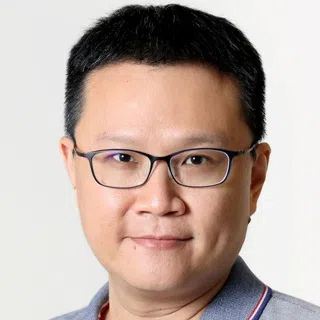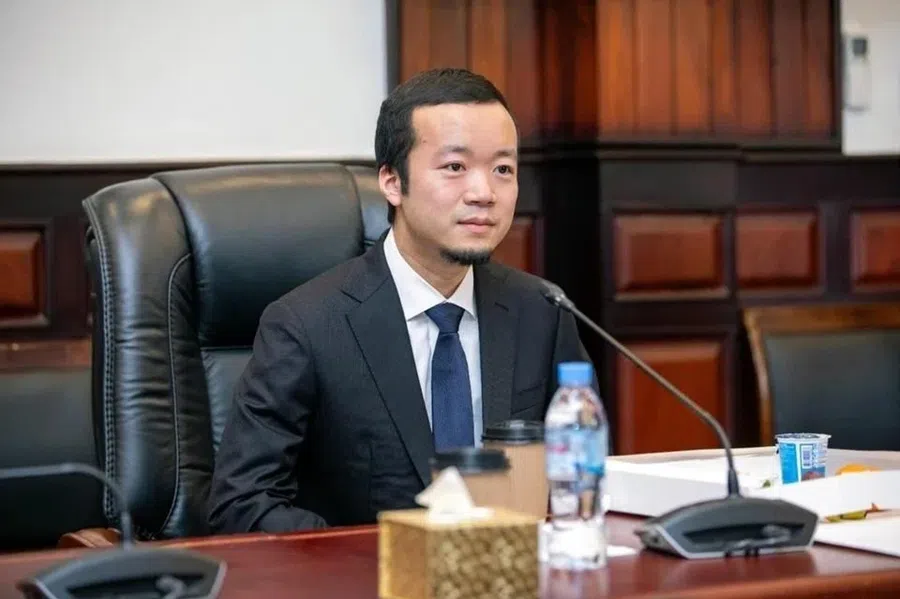Trump’s Asia comeback: Peacemaker, power broker — or performer?
Donald Trump aims to project himself as a peacemaker at the upcoming ASEAN and APEC summits in Asia. However, with unresolved tariffs and escalating tensions, it remains to be seen if his transactional diplomacy can still command the room. Lianhe Zaobao’s senior foreign correspondent Pang Kia Nian finds out more.
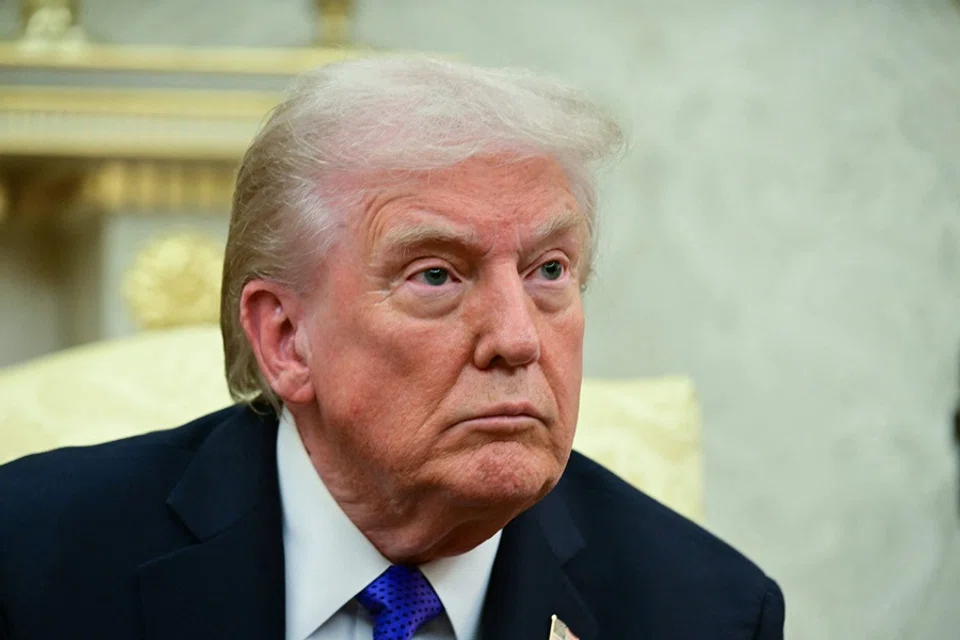
After an eight-year gap, US President Donald Trump is set to return to Asia to attend the ASEAN Summit and the Asia-Pacific Economic Cooperation (APEC) meetings — a trip closely watched for the strategic signals he will send.
Experts interviewed believe that beyond seeking a meeting with Chinese President Xi Jinping, Trump hopes to cast himself as a “peacemaker” by attending the signing of a peace agreement between Thailand and Cambodia — fulfilling a personal ambition. As for economic, trade, and tariff issues — the top concerns for many in the region — Trump is not expected to take major action or propose any new approaches.
Clear lack of enthusiasm for regional multilateral forums
Trump is scheduled to begin his first Asia-Pacific tour since starting his second term as US president on 26 October, with his first stop in Malaysia for the ASEAN Summit. He will then travel to Japan the following day, before heading to South Korea for the APEC meeting.
Compared to his Democratic predecessors, Barack Obama and Joe Biden, President Trump has shown a clear lack of enthusiasm for regional multilateral forums. During his first term, apart from attending the ASEAN Summit in the Philippines and the APEC meeting in Vietnam at the end of 2017, and the G20 Summit in Osaka Japan, in 2019, he was absent from major multilateral meetings in the Asia-Pacific.
Trump generally prefers bilateral meetings; during his first term, he visited Singapore and Vietnam in 2018 and 2019, respectively, mainly to meet with North Korean leader Kim Jong-un for the “Trump-Kim summit”.
“He’s going to ASEAN because he wants to be seen as a peacemaker. He wants to be seen as the leader of the free world. He wants to preside over the Cambodia-Thailand peace agreement. ” - Drew Thompson, Senior Research Fellow, S. Rajaratnam School of International Studies
Drew Thompson, senior research fellow at the S. Rajaratnam School of International Studies (RSIS) at Nanyang Technological University, told Lianhe Zaobao that Trump’s attendance at the ASEAN Summit was clearly not because he values multilateral meetings. “He’s going to ASEAN because he wants to be seen as a peacemaker. He wants to be seen as the leader of the free world. He wants to preside over the Cambodia-Thailand peace agreement. That’s his personal goal, and that’s the real motivation for him to go to the ASEAN meeting.”
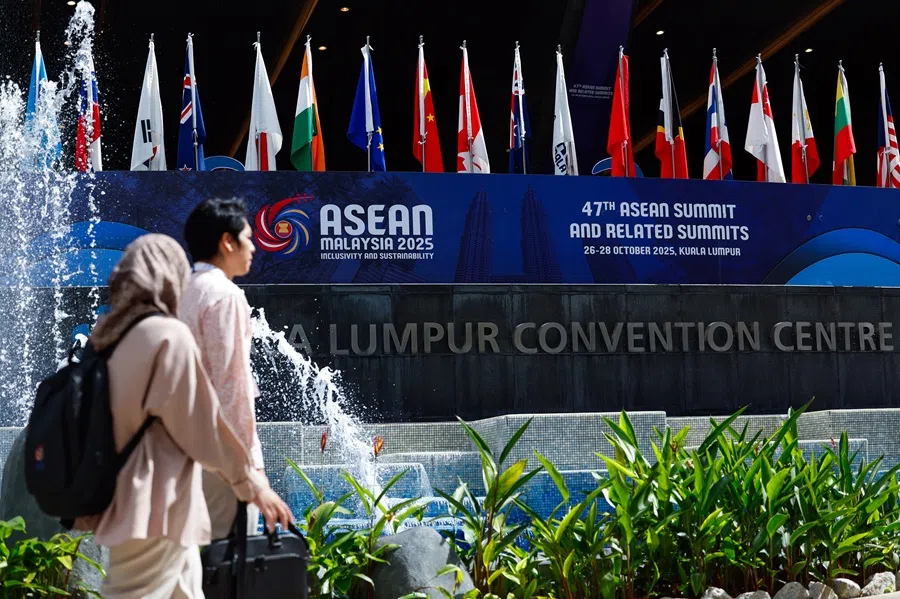
Nevertheless, Thompson emphasised that Trump’s attendance at regional multilateral summits could still help the US advance relations with countries in the region.
Steven Okun, CEO of public affairs consultancy APAC Advisors, said when interviewed that though Trump is not expected to make significant policy statements at the ASEAN Summit, his attendance itself sends an important signal that “Southeast Asia is key to the US from an economic perspective, a geopolitical perspective and a defence perspective.”
Tariffs detrimental to US-ASEAN relations
In April, Trump announced large-scale reciprocal tariffs on global trade partners. Apart from Singapore, which was hit with the minimum tax rate of 10% due to a trade deficit with the US, Southeast Asia is heavily affected. Even after some later reductions, tariff rates remain steep — ranging from 19% to 40%.
William Choong, senior fellow at the ISEAS-Yusof Ishak Institute, told Lianhe Zaobao in an interview that the best gift for Southeast Asian countries two months away from Christmas is to have tariffs lowered. However, the heavy lifting when it comes to negotiations is done by the individual country delegations that visit Washington; hence, unless Trump has something to announce from these bilateral negotiations, it is unlikely that he would make any new announcements.
Choong felt that Trump’s tariff policy posed existential challenges for some Southeast Asian countries, hence their disappointment with the US which resulted in waning US influence in the region. Therefore, an important point of Trump’s visit is whether he can propose a US-led economic vision for ASEAN.
“The Indo-Pacific Economic Framework (IPEF) advocated by former President Biden has also become ‘dead in the water’. What kind of economic potential or opportunities can Trump offer the region? I think this is what ASEAN member states would be looking at.” - William Choong, Senior Fellow, ISEAS-Yusof Ishak Institute
He noted that major regional trade frameworks — the Comprehensive and Progressive Agreement for Trans-Pacific Partnership (CPTPP), the Regional Comprehensive Economic Partnership (RCEP), and various digital economy pacts — are shaping the region’s future economic architecture, yet none include the US. The Indo-Pacific Economic Framework (IPEF) advocated by former President Biden has also become “dead in the water”. “What kind of economic potential or opportunities can Trump offer the region? I think this is what ASEAN member states would be looking at.”
Rare earth cooperation with Japan and Southeast Asia?
Trump’s Asia tour coincides with another critical point in the China-US trade war. On 9 October, China played a major card by imposing widespread restrictions on rare earth exports, where items with a Chinese rare earth value exceeding 0.1% must be approved by Beijing for export. On 20 October, Trump signed a critical minerals agreement with Australian Prime Minister Anthony Albanese to counter China’s export controls.
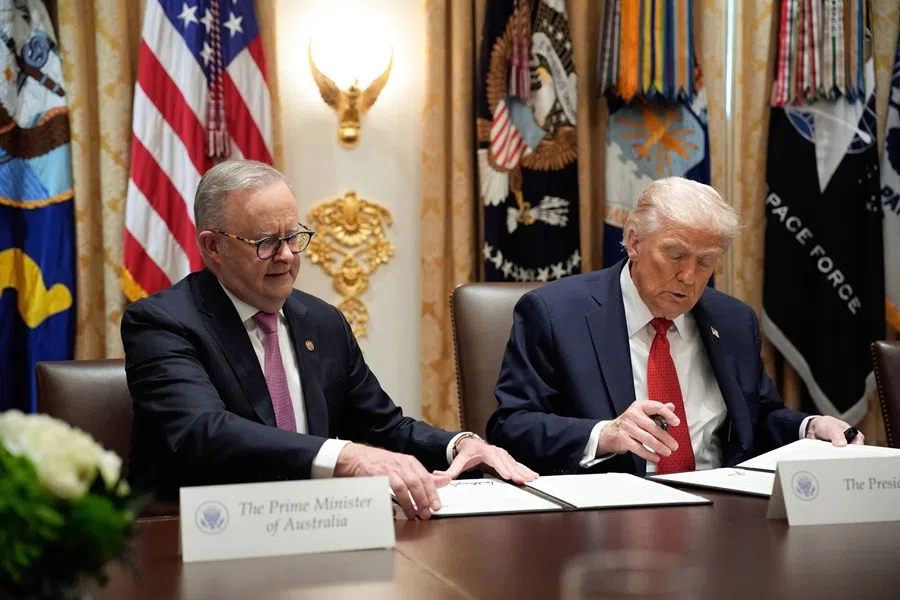
Okun pointed out that China’s recent rare earth actions are not just a bilateral issue between the US and China, but also a concern for many countries. He said: “The US started supply chain diversification in the Indo-Pacific to strengthen resilience and reduce China’s potential threat during the Biden administration. Southeast Asian countries like Malaysia and Indonesia have rare earth production capabilities, and can play some roles. This is a continuation of what the US has been doing, and I think that seeking out cooperation should be on the agenda for the US and for the countries in Southeast Asia.”
However, Choong said “a lot of countries are already quite upset with the US tariffs. So, would they want to buy into a US system of building an alternative rare earth supply chain? I don’t know; it really depends.”
He noted that Japan is also developing its rare earth industry, though its current capacity is far behind the level of China. After leaving Kuala Lumpur, Trump’s next stop is Tokyo. “One thing I’m sure that Trump will want to talk about is at least get some buy-in from Japan, that Japan will seek to up its level of rare earth production, to kind of alleviate the pressure that China is bringing to bear on the US.”
Thompson said that since 2010, when China first played the “rare earth card” by imposing a rare earth embargo on Japan for about seven weeks due to the conflict over the Diaoyu Islands (known as the Senkaku Islands in Japan), Japan has been developing synthetic rare earths, and it has begun to pay off. “These synthetic rare earths may not be economically feasible yet, but if you are facing economic coercion, if you’re facing embargoes, then they become economically competitive.”
He felt that China has overplayed its rare earth card. “They’ve used their nuclear option in trade already multiple times, to the point where they’re going to lose that advantage.”
“Just by taking off the fentanyl tariffs, that would put China at almost the same tariff rate as most Southeast Asian countries. And if that were to happen, that could have a significant impact on trade and on supply chains.” - Steven Okun, CEO, APAC Advisors
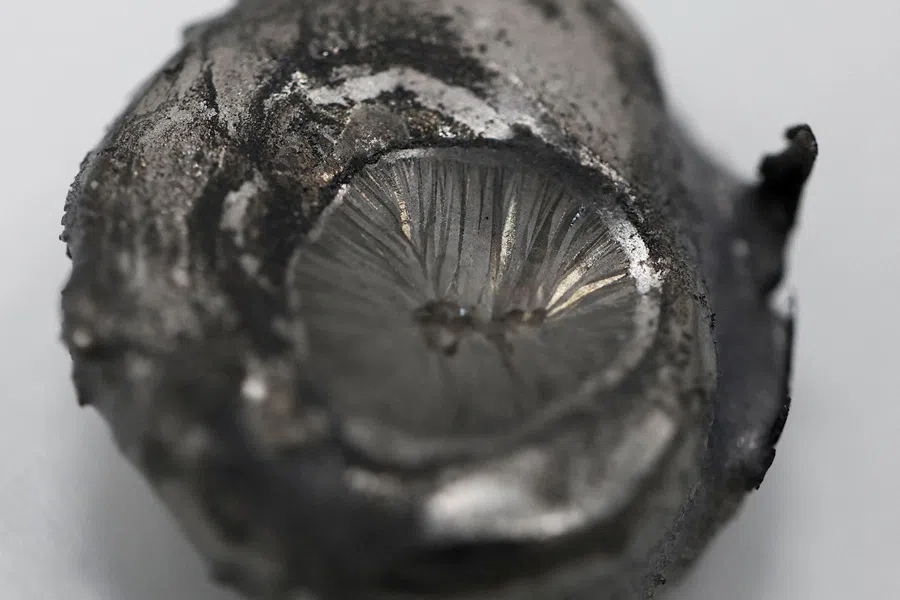
On 21 October, Trump revealed during a lunch with Republican lawmakers in the White House Rose Garden that “maybe it won’t happen” with regard to a meeting with Xi on the sidelines of the APEC summit in South Korea. He added that “maybe somebody will say, ‘I don’t want to meet, it’s too nasty.’ But it’s really not nasty. It’s just business.”
Okun pointed out that Trump previously stated that fentanyl, soybeans and rare earths are key issues. If he wants China to compromise, he would certainly have to reduce tariffs on China. “Just by taking off the fentanyl tariffs, that would put China at almost the same tariff rate as most Southeast Asian countries. And if that were to happen, that could have a significant impact on trade and on supply chains. But it’s not a small deal — I think it could go either way.”
Thompson noted that both the US and China increasingly view economic integration with each other as a national security risk. China’s industrial policy is targeted at reducing dependence on US goods, while Trump’s entire objective is to open up the Chinese market. “I think the best one can hope for is a meeting that expresses a degree of goodwill. Maybe we’ll describe it as a truce, and that may calm jitters. It might buoy the markets to some degree.”
Trump’s secret meeting with Kim Jong-un a positive
With Trump’s visit to South Korea imminent, there are reports that White House officials are privately exploring the possibility of a meeting between US and North Korean leaders during this period. However, North Korea conducted another short-range missile launch on the morning of 22 October after a gap of five months, a reminder to all that it remains a security threat to Northeast Asia.
“He’s happy to talk to Kim and have negotiations, and if the negotiations fail — as we saw in Hanoi in 2019 — he’s willing to negotiate in good faith and walk away without burning the bridge.” - Thompson
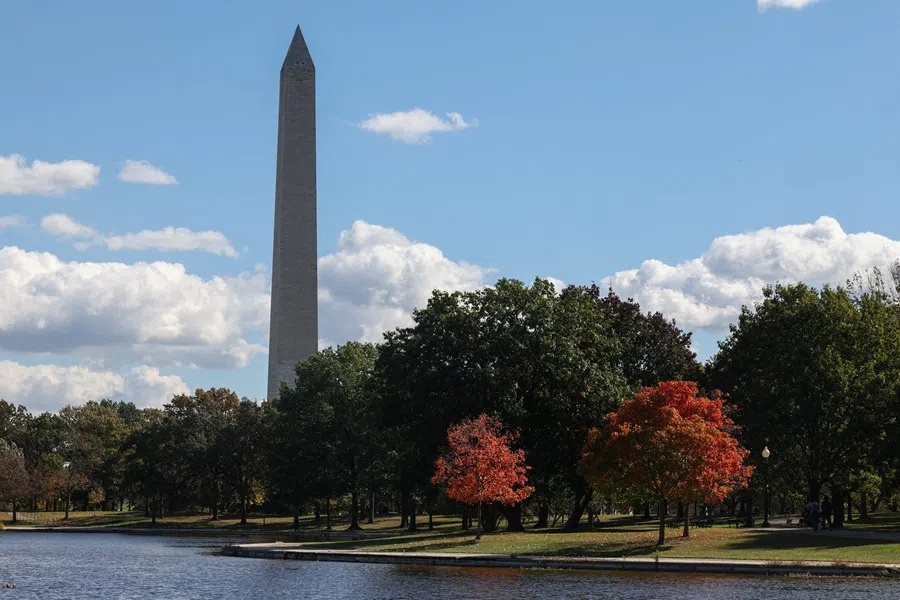
Thompson said when interviewed that Trump’s intention to meet Kim might just be to help broker an agreement with South Korean President Lee Jae-myung, or it could be more ambitious, seeking a peace agreement between North and South Korea to fulfil his goal of being a “peacemaker president”. “Either way, it is a positive thing.”
He felt that Trump has a high tolerance for risk in negotiations, and is unafraid of political backlash. “He’s happy to talk to Kim and have negotiations, and if the negotiations fail — as we saw in Hanoi in 2019 — he’s willing to negotiate in good faith and walk away without burning the bridge.”
Choong pointed out that North Korea is effectively a nuclear weapons state, and what Kim wants most is for Trump to acknowledge North Korea’s right to possess nuclear weapons. However, Trump cannot grant such an acknowledgement as long as Pyongyang refuses to denuclearise. “The only way that Trump could come up tops in this is if the North Koreans agree to roll back missile and nuclear weapons testing.”
This article was first published in Lianhe Zaobao as “特朗普将赴亚细安峰会 塑造“和平缔造者”形象甚于战略宣示”.
